Animal survivors stunning scientists
Sensor images taken in regions hit by the Black Summer bushfires and then analysed using an AI tool show animals bouncing back. See the photos.
Animals
Don't miss out on the headlines from Animals. Followed categories will be added to My News.
Exclusive: Three years on from the Black Summer bushfires, images from sensor cameras placed in the wilderness show Australia’s native species bouncing back – and serving up a few surprises for scientists.
The images, to be released on Thursday by WWF, were snapped on 1100 motion-triggered cameras set up in eight regions ravaged during the Black Summer.
A Google AI platform called Wildlife Insights was used to sift through the more than 7 million images that were generated, and identify individual species.
Among the oddities caught on camera was a rarely-seen “echidna train” on Kangaroo Island. Ordinarily the animals are solo travellers, but occasionally multiple lovestruck males will trundle after a female in hopes of a mating opportunity.
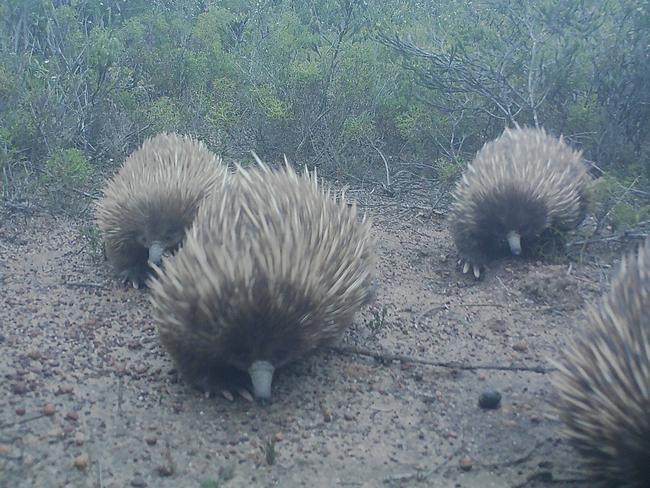
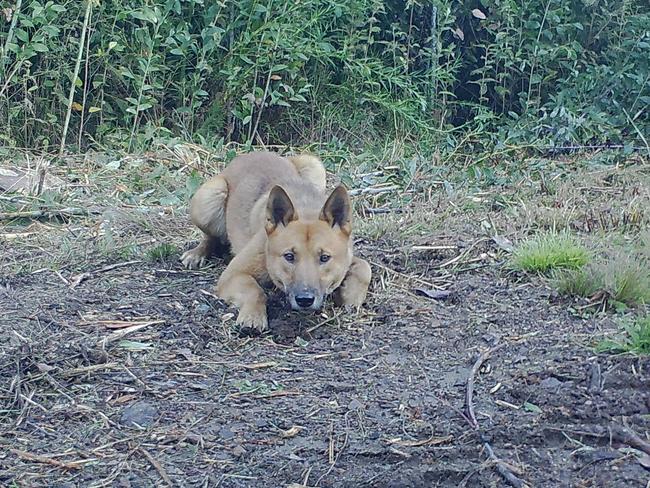
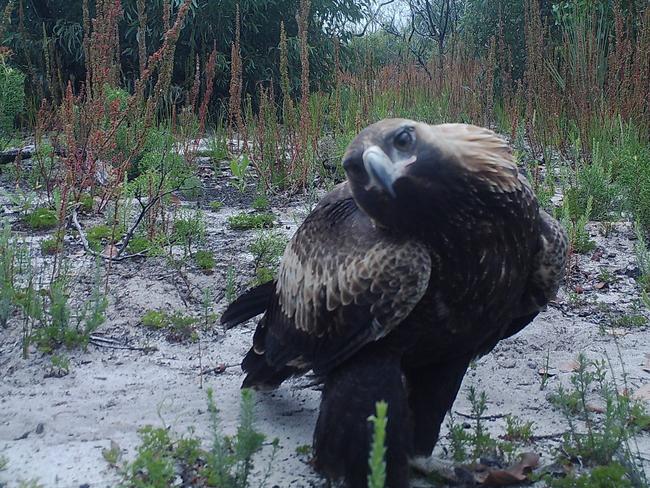
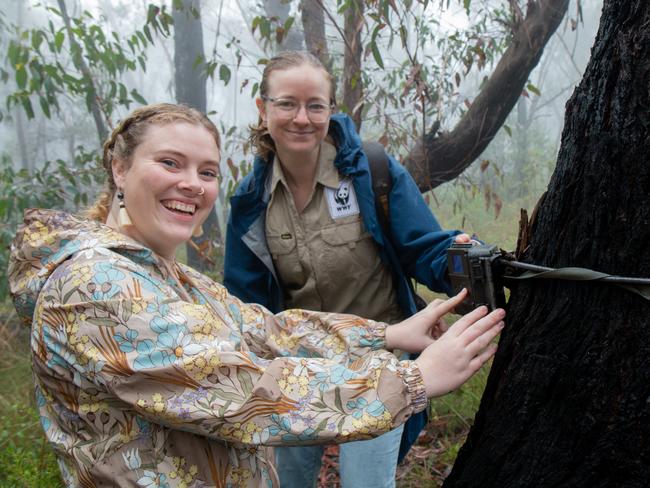
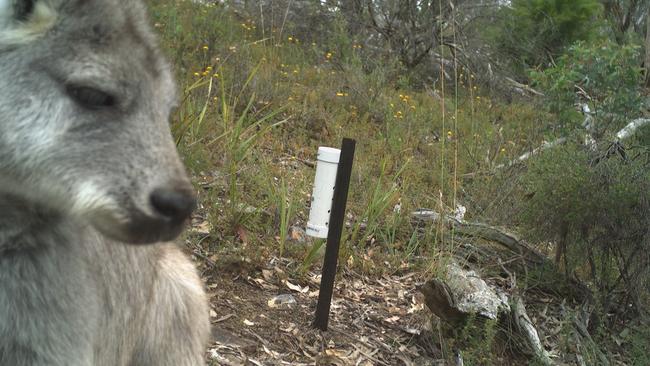
Also on Kangaroo Island, the cameras recorded dunnarts in 23 out of 25 locations – described as an “amazing and promising” result by WWF research program manager Emma Spencer, given the 2020 blazes destroyed more than 90 per cent of their habitat.
Researchers were also jubilant to discover brush tailed rock wallabies in areas of northern NSW where they’d not been spotted before, and koalas – which officially joined the endangered list in 2022 – in places where it was feared there would be no survivors.
“We collected quite a few shots of koalas, which was really positive, especially in those areas where the entire canopy was blasted away by the flames,” Ms Spencer said.
“How does a koala get out here in this high burnt country? How did it survive? There have been some really cool surprising findings like that.”
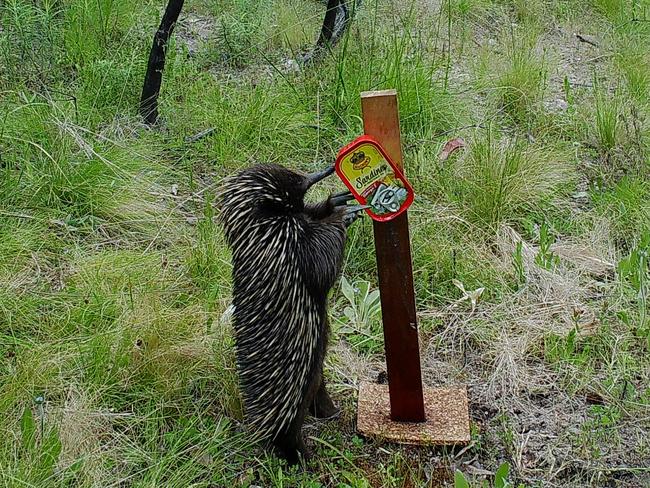
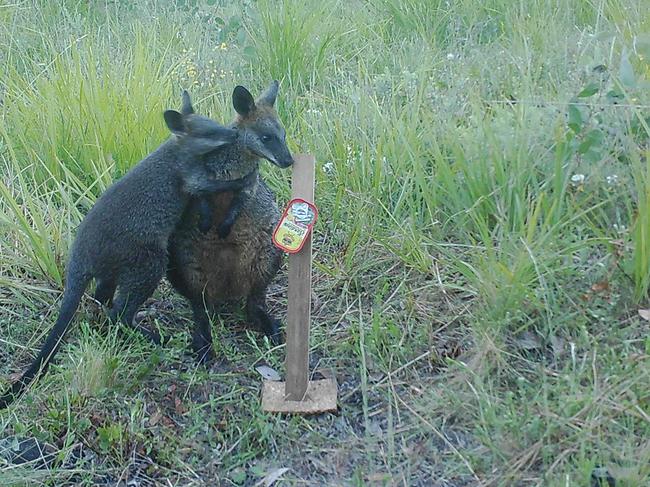
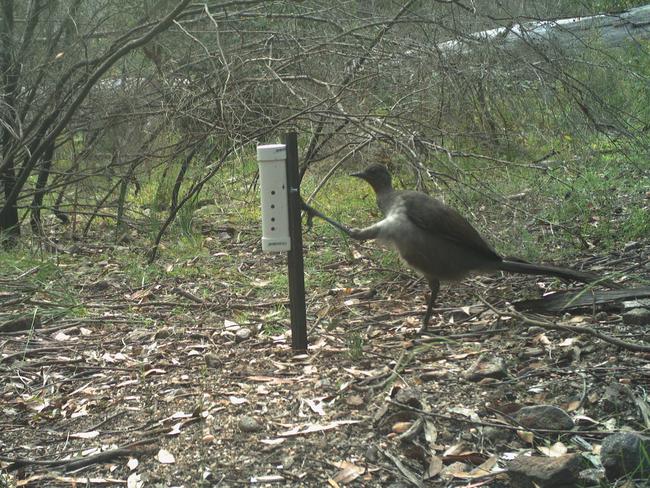
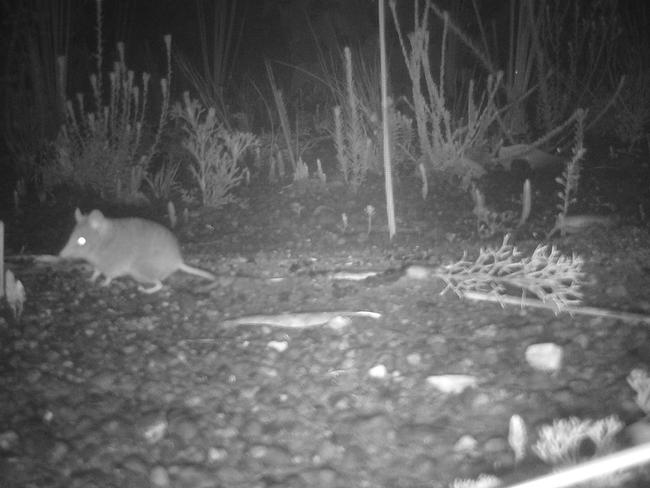
Less cool, but still useful, were the snaps taken of feral foxes and cats – revealing the extent of the problem of invasive species and informing where control efforts should be focused.
The AI platform developed the ability to recognise 150 Australian species during the course of the project – including some tricky ones like the dunnart, which seems pretty mouse-like to the untrained eye.
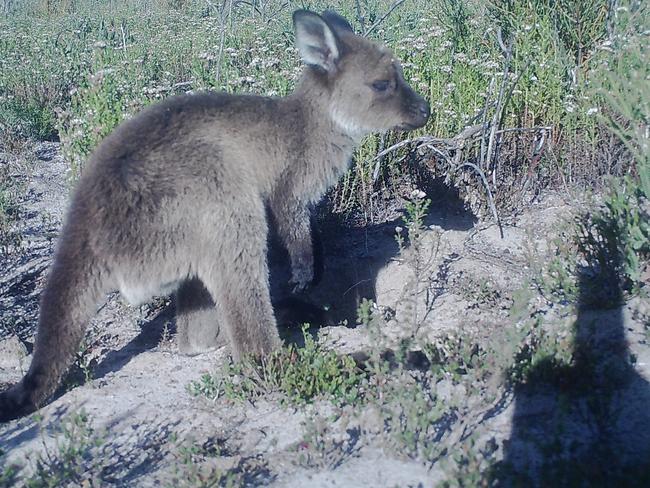
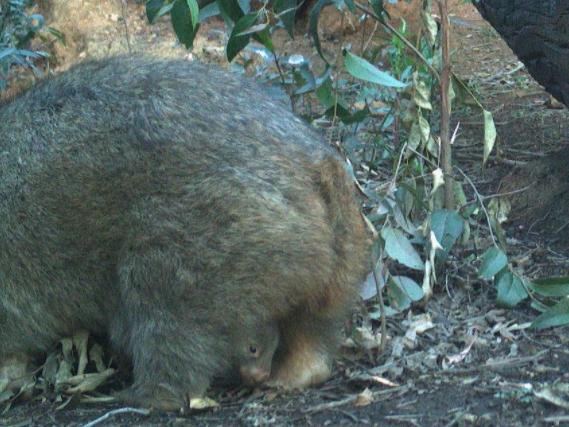
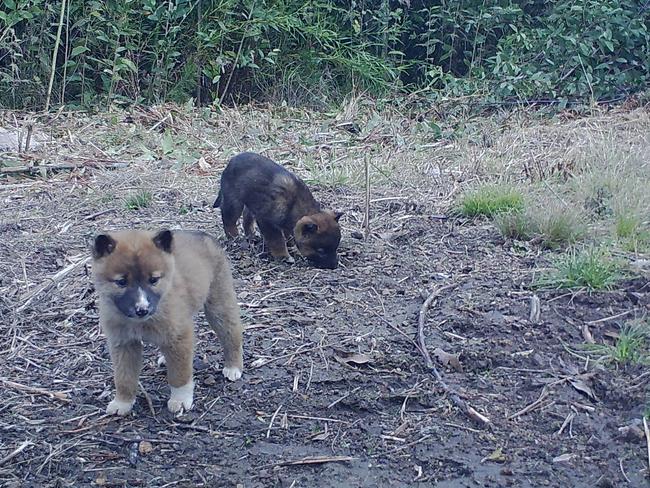
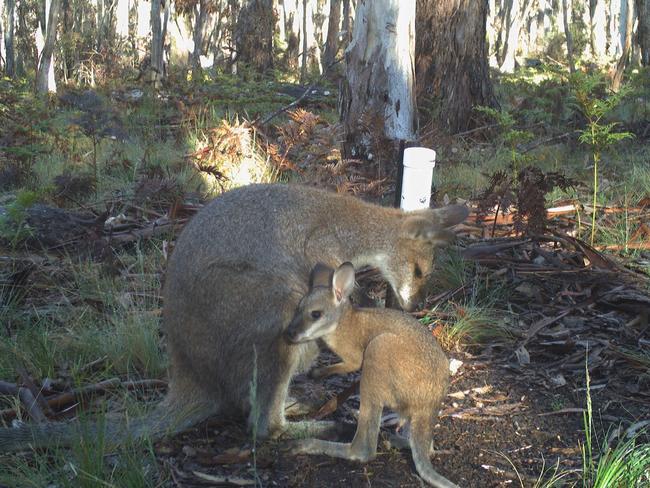
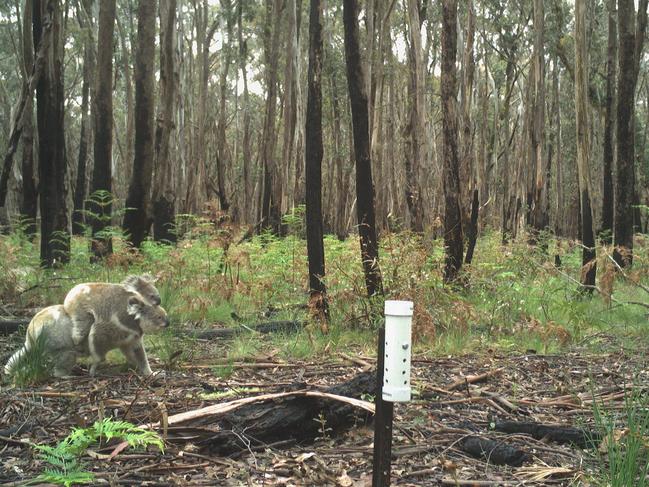
Program manager with Google Earth Outreach Tanya Birch said the project showed the value of AI technology in helping with real-world problems like monitoring bushfire recovery.
“Traditional wildlife surveys were painstaking and time consuming, requiring researchers to manually review images, one by one,” Ms Birch said.
“This new technology automatically detects species in seconds. This enables speedier conservation decision-making, so land managers can take action to protect vulnerable Australian animals.”
Ms Spencer said the cameras had snapped “pretty much every species we’ve been hoping to get”, but the animals remained vulnerable.
“With climate change we’re expecting to see more fires like we saw in 2019 and 2020, and if we continue to get more frequent fires that are of this intensity, this severity, some of these species are unlikely to persist,” she said.
Originally published as Animal survivors stunning scientists





